Large Zenith Telescope
A large spinning bath of liquid mercury, used to probe the early universe.
With a six-meter diameter and a weight of three metric tons, the Large Zenith Telescope is the third-largest optical telescope in North America and the largest liquid mirror telescope in the world. Completed in 2003, the telescope is housed in the UBC Liquid-Mirror Observatory at Malcolm Knapp Research Forest, overlooking British Columbia’s Fraser Valley.
Isaac Newton first advanced the idea for a liquid telescope. He realized that a liquid made to rotate inside a container would take the form of a paraboloid (shaped like an oval cup), precisely the shape needed for the primary mirror of a telescope. Unfortunately for Newton, without a stable source of rotation such as an electric motor, building such a telescope was not possible.
Using today’s technology, however, the scientists and engineers at the Large Zenith Telescope have realized Newton’s aspirations. The LZT employs a six-meter dish filled with a thin layer of mercury. A motor rotates this liquid mirror at a constant rate of six revolutions per minute, and walls at the edges of the dish prevent the mercury from spilling over the sides. To support the massive mirror, a special air-bearing was engineered which can withstand a ten-metric ton load. This bearing differs from conventional ones in that it uses a thin film of pressurized air to reduce the friction at the interface of the two surfaces.
Land-based liquid mirror telescopes have several advantages and disadvantages compared to their solid mirror counterparts. The major advantages of a liquid mirror telescope are that it is relatively inexpensive, costing about one percent of a conventional mirror, and it can be built much larger. The disadvantages are that the mirror can only point straight up towards the zenith, because it would lose its shape if it were to tilt, and the most common metal employed, mercury, is highly toxic to humans and animals. Extraterrestrial liquid mirror telescopes are advantageous as well, and NASA hopes to one day put one on the moon.
The scientific topics investigated at the LZT include cosmology, the large-scale structure of the universe, and the evolution of galaxies. With a telescope that can only point overhead, the scientists are somewhat limited in what they can study. Nevertheless, the instrument is used for long-term sky surveys in which the light from over 100,000 distant galaxies is analyzed and for supernova searches, whereby astronomers aim to see the explosive energy of a star in its dying moments.
Know Before You Go
The UBC Liquid-Mirror Observatory was decommissioned in Summer 2016 and no longer on-site. The UBC Liquid-Mirror Observatory is located within the Malcolm Knapp Research Forest, 70 km east of Vancouver. The observatory is accessible by foot and is a 45 minute walk from the gate. At present, the observatory cannot accommodate public tours except by special request for small groups.

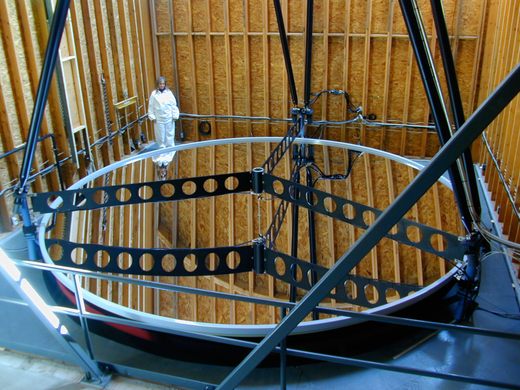
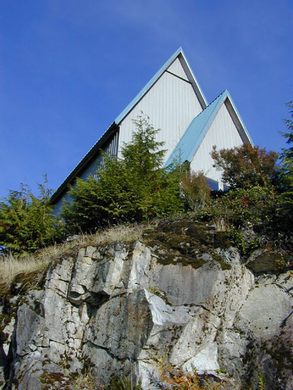

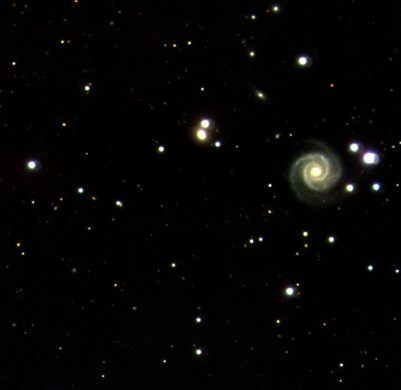
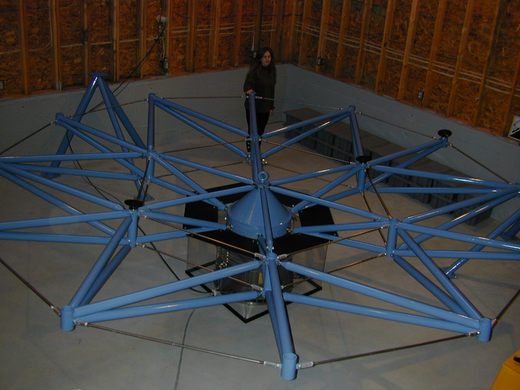
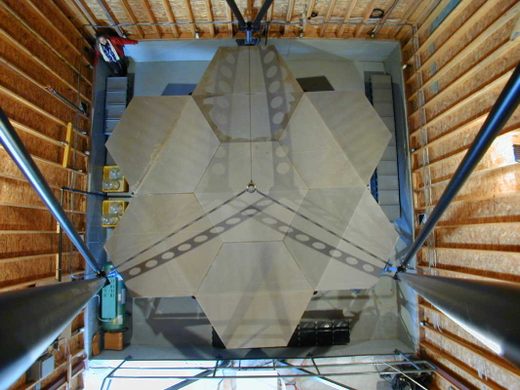
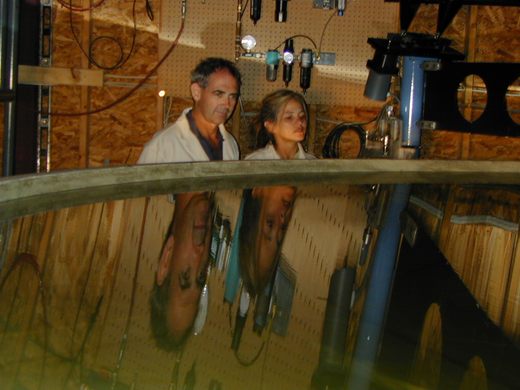














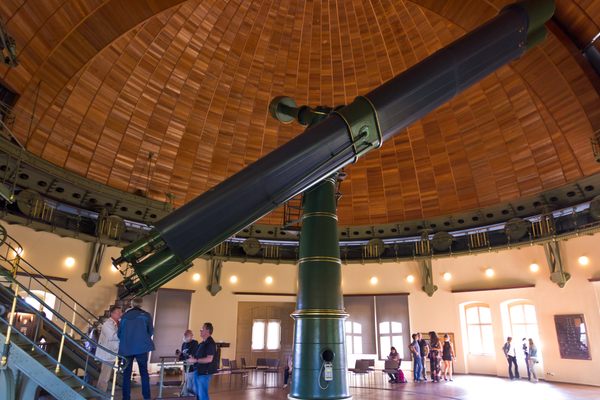

Follow us on Twitter to get the latest on the world's hidden wonders.
Like us on Facebook to get the latest on the world's hidden wonders.
Follow us on Twitter Like us on Facebook